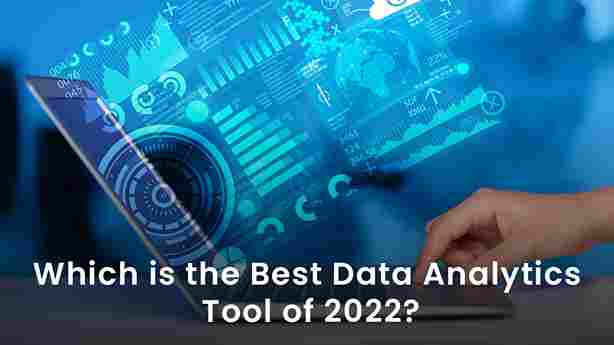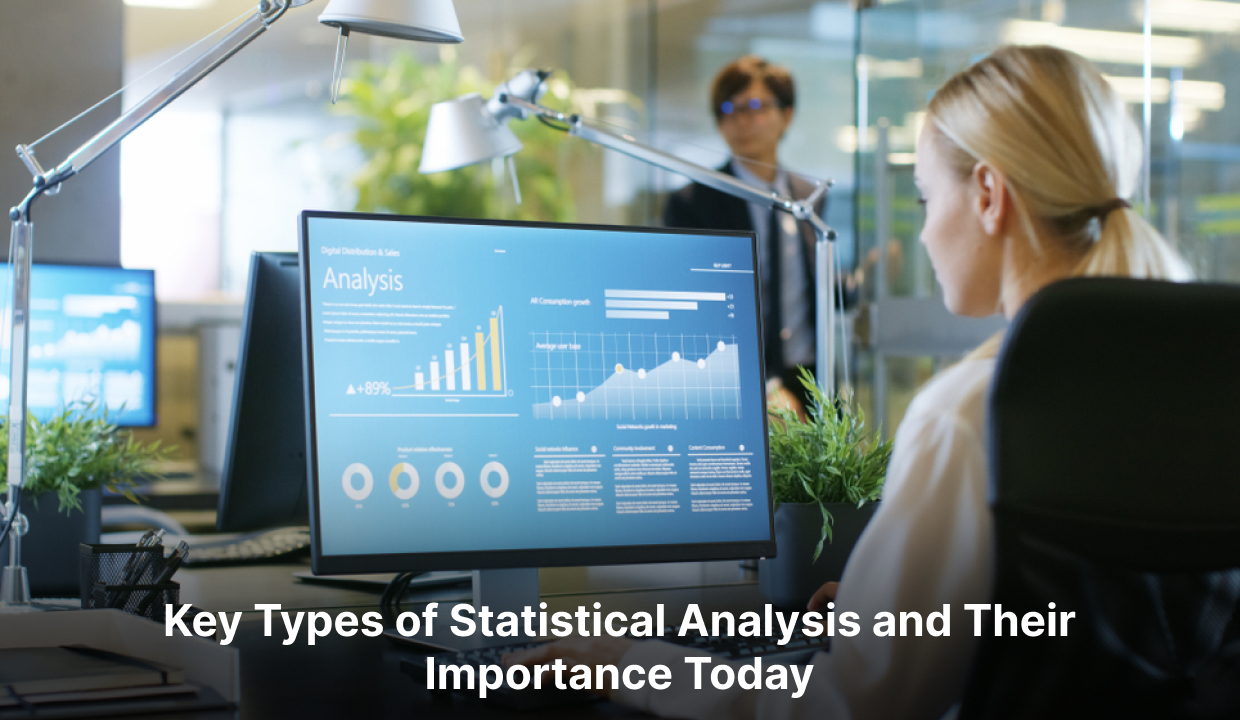Which is the Best Data Analytics Tool of 2022?

Introduction
Data analysing and statistical functions are time-consuming and complicated. It is too complex to complete. People create software to solve the above issues. Professionals have used a variety of tools over the years. It enables them to prepare data for analysis, execute analytical algorithms, and assess results. These tools have evolved and their functionality increased. In addition to the robust user interface, the tool is handy for automating and streamlining mundane tasks. As a result, analytical professionals have more time to focus on other tasks. These combinations of new tools have several efficient and scalable processes that allow organisations to control data. There are several techniques from various software like SPSS data analysis from SPSS. R, SAS and SPSS emerged as the best ones. In this blog, we are going to learn about the evolution of various data analytics tools. Then we will look at three important tools for data analytics - R, SAS and SPSS and compare them.
What is SPSS?
SPSS stands for Statistical Procedure for Social Sciences. People generally use SPSS in the social sciences. People use it in various fields such as health care, marketing and education. SPSS help with data analysis and statistical operations. The system analyses the data for descriptive statistics, forecasting and group identification. Additionally, the software has several features like data processing, charting, and direct marketing.
Benefits of SPSS:
- SPSS is easy to use due to its GUI features that facilitate minimal coding to perform complex tasks.
- It is popular because of its in-depth data analysis, and fast and accurate data results.
- SPSS keeps track and location of data objects and variables. It allows the user to manage models efficiently and perform data analysis faster.
- A separate file stores the SPSS data. It also aids in better management as users no longer need to worry about file overwriting or mixing of data.
What is R?
Robert Gentleman and Ross Ihaka created R in 1995. It is a programming language widely used by statisticians and data miners to perform statistical modelling and calculations. The popularity of R is mainly due to its unique functionality in the field of statistical data analysis and graphical techniques.
Advantages of R:
R is open-source software. Therefore, you can use this tool without any licence. You can also work towards the R development by developing a package, customising its code, and solving its existing problems. But R has an old programming language called S, so R does not advocate dynamic and 3D graphics.
R has a huge repository of packages. There are over 10,000 packages in the CRAN repository and this number is growing at a steady rate. Furthermore, Every sector uses these packages. R stores its objects in physical memory. People face a problem when the data is huge and the memory is low.
With R, you can make eye-catching plotting and graphing. There are many popular libraries like ggplot2 and plotly. People use them for the aesthetic creation of graphs. For beginners in programming, the learning curve in R is steep.
R is platform independent and has cross-platform compatibility on Windows, Linux and Mac. But R is not secure. It differs from other tools like SPSS where security is the most important feature.
What is SAS?
SAS stands for Statistical Analysis System. The sole objective of this software is efficient statistical modelling. SAS has a variety of applications in the field of statistical modelling. It is well-liked for corporate intelligence, data management, multivariate analysis, and predictive analytics.
SAS has numerous features like data mining, updating, data extraction, and data administration. You apply these methods for statistical analysis after the completion of data extraction and processing.
Benefits of SAS:
- SAS provides high security to its users. As a result, it has earned a solid reputation in the business sector.
- It includes a wide range of statistical libraries.
- You must purchase a licence to use it. Individuals and small businesses cannot afford it due to its high cost.
- It provides scalable and stable software. Companies load large amounts of data. SAS also provides ease of expansion with various Big Data platforms. But most of the features in SAS are very limited.
- SAS facilitates interaction with data files that generate other statistical tools such as Excel, SPSS, Stata, etc. People can convert external data to SAS format. Graphical visualisation in SAS lacks most of the features. It lags in these areas when compared to open-source tools like R.
Conclusion
In the above article, we looked at data analytics, its approach and its evolution. We also looked at various tools like R, SAS and SPSS. We discussed the various benefits of this software. SPSS vs SAS vs R each has its way of examining information. Despite this, the above software is useful. There is no clear winner in this battle between SPSS vs SAS vs R. If you have some programming knowledge, then you should opt for SAS and R. If you want to enter the education industry then SPSS is best for you. Being a product of IBM makes SPSS a fairly reliable statistics software. We made this comparison based on our experience with these devices. You can choose tools according to your convenience and comfort. If you want to use SPSS but don’t know how to do it, you can hire experts from various renowned sites like silver lake consulting. They provide the best statistical solution at an affordable price. You will also get a wide range of services like SPSS Assignment help from a well-educated and experienced expert. The process of hiring is simple. You visit their website and drop the query. Experts will contact you as soon as possible.
Submit a Comment
Your email address will not be published. Required fields are marked *
Recent Posts








Comments(0)